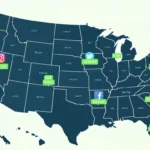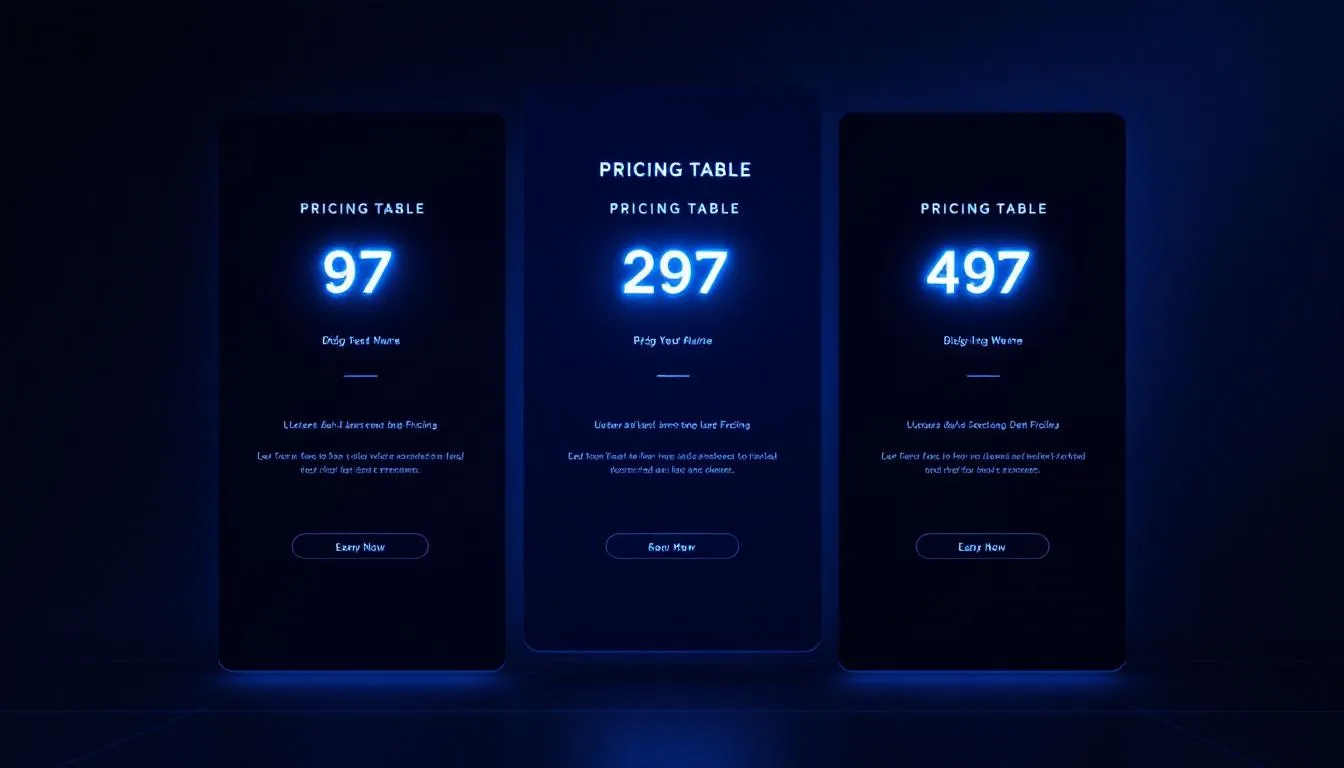Agencies need to be able to talk to people. Several people from different teams work on each project and handle different parts of the marketing and relationships with clients. Miscommunication and doing the same work twice can quickly become big problems if there isn’t a clear method in place to keep everyone on the same page. Here, it’s easy to see how useful unified CRM access is.
Agencies can make a space where information moves easily, reports are clear, and teams can work together without any problems by putting the emphasis on CRM team collaboration. By putting all of your data in one place in a CRM, everyone can use the same data. This means that everyone from sales and account management to creative teams can make decisions faster, build better relationships, and produce more efficiently.
Breaking Down Departmental Silos
Silos are one of the biggest problems that agencies have to deal with all the time. A lot of the time, each department has its own set of tools, systems, and ways of communicating. Sometimes this works for a short time, but between handoffs, important details are often lost.
When all teams use the same CRM, the walls between them start to fall apart. Account managers can get to the information right away, and creative teams can see what clients want without having to wait for emails or meetings. Salespeople can keep track of the leads they talk to. This shared view lets everyone see the whole trip for the client and makes sure that no information is kept secret in one place.
That’s why the service supply is better managed. There is only one source of truth for campaign strategies, training methods, and reports. Salespeople say they will do things that are in line with their plans. It’s better for buyers because employees work together more.
Enhancing Communication with Real-Time Updates
People need to talk to each other on time for projects to stay on track. It’s possible to miss something important when data is spread out in chat rooms, texts, and files. That way, everyone is always up to date without having to check in all the time. A CRM lets you send changes right away.
It’s like how the whole project team can see a new client request as soon as the boss posts it. Your boss can change the due dates as many times as they want. As a boss, you should do something about them and keep an eye on how things are going. When everyone on the team can see and understand what’s going on in real time, it’s easier for them to do their jobs.
People trust each other more when they can all see what’s going on at the same time. You don’t have to wait for things to change or trust that they are true; people may tell you things about the CRM. When everyone is honest, teams operate better.
Creating a Culture of Shared Responsibility
It’s not only Tech that you need to work on; it’s also how you think. With this form of CRM, everyone on the organization can see and use the same data, not just certain individuals or groups. Everyone in the workplace maintains excellent records, communicates about their work, and offers helpful information to make things go more smoothly.
When someone keeps important information to themselves or from other people, things move more slowly. That’s why this shared job is important. When everyone has the same information, it’s easy for someone else to do a job when someone else isn’t available. Also, projects don’t get stuck because they don’t have enough details.
Over time, keeping an open mind makes both talks within the company and interactions with clients outside of the company better. Teams that work well together look better to clients, and the business itself looks better.
Supporting Scalable Growth
As a company grows, it becomes harder to communicate in the same way. It’s more likely for things to not work out when there are more clients, projects, and team members. One place where all teams can access CRM makes it easier for them to work together faster without slowing down.
New people can quickly learn how things work because they can see right away job information, contact logs, and client records. Leaders don’t need broken-up reports to keep an eye on how things are going in different places. Even when they have more work to do, teams can keep getting things done.
CRM team collaboration helps agencies make tools that can grow with their business. The CRM is no longer just a record; it’s now the business’s glue.
Improving Decision-Making Through Shared Insights
It’s not enough to just do everyday things together. It also changes how well decisions about tactics are made. When everyone on a team can see the same data, they can find trends, plan ahead for issues, and turn in better choices.
Planners can come up with smart answers if account managers notice that clients keep asking for the same things. The sales team can change how they pitch based on what the design team finds out about how well the ads are doing. Setting new goals is easier and faster when everyone agrees on these key points.
In the long run, this will make better use of resources, clear work, and better outcomes for clients. When agencies use their CRM to work together well, they gain more than just time when they do their daily jobs.
Conclusion
Their teams do better when they work together. People work together, share information, and make choices in different ways when all of their CRM access is in one place. Ad companies can build a mindset of shared responsibility that helps with both day-to-day work and long-term growth by putting CRM team collaboration first.
There is more room for everyone in this shared area, which is good for both the business and the clients. The team works better together and helps clients faster when everyone is on the same page and knows what’s going on. Firms that work together this much stand out when there is a lot of competition.











